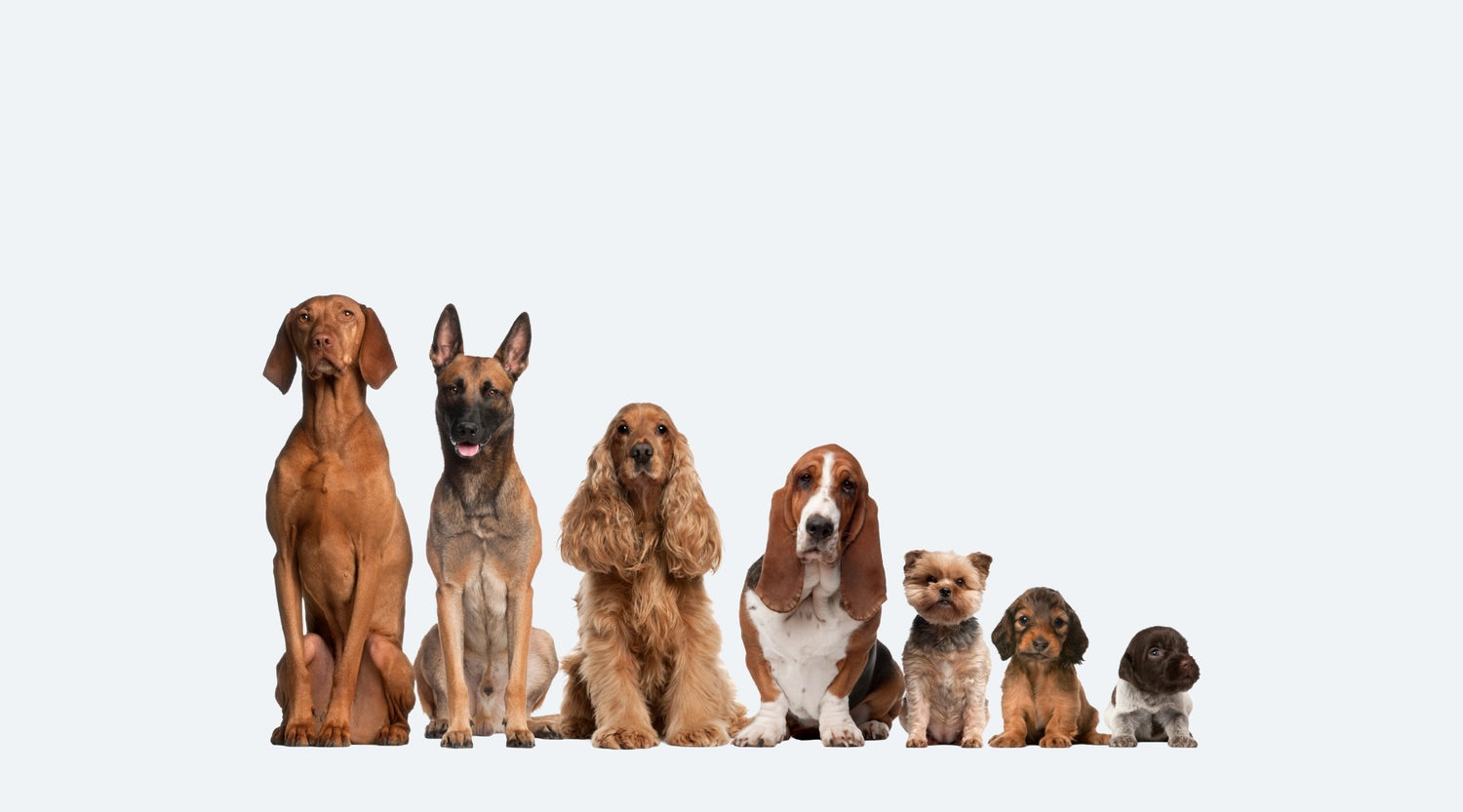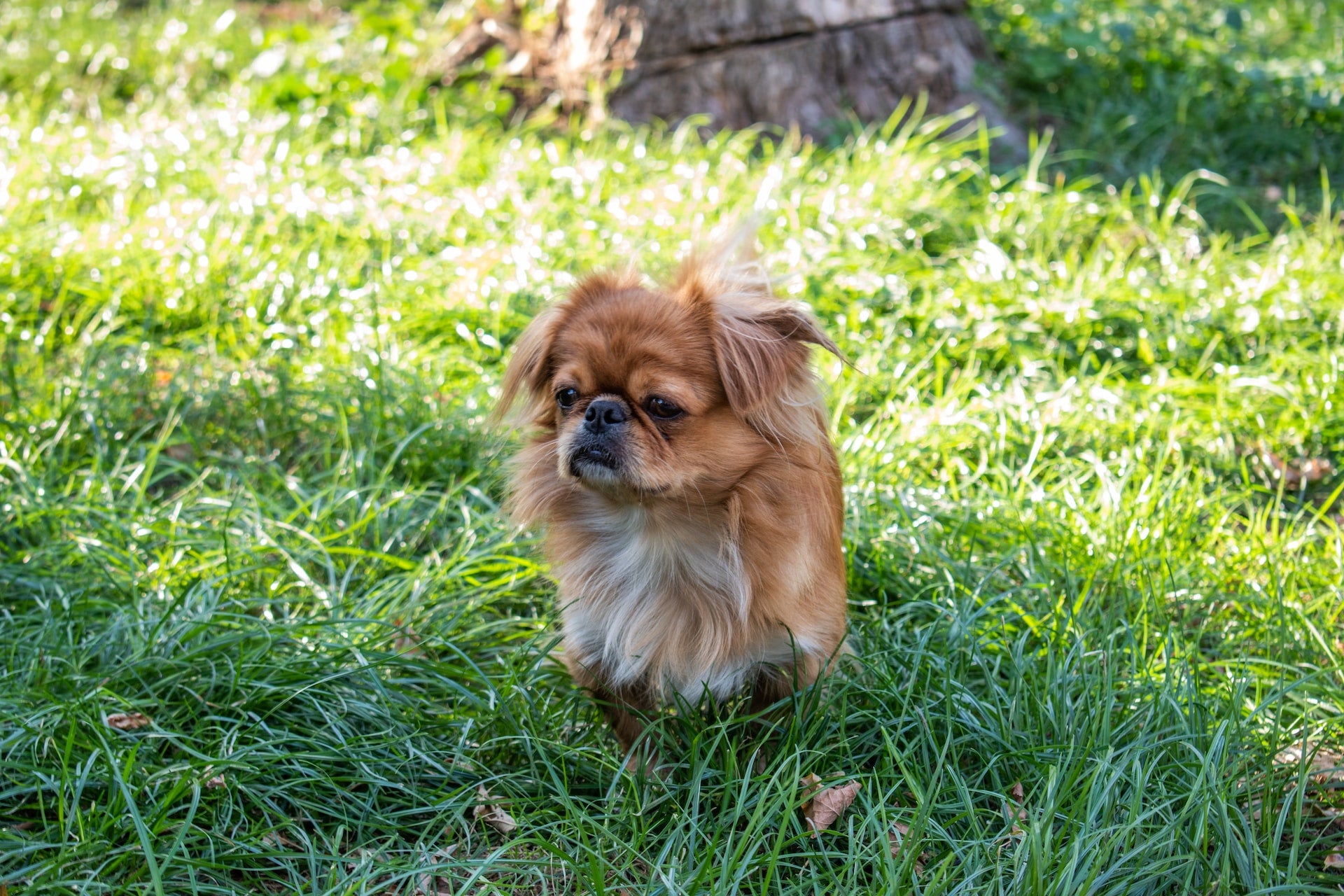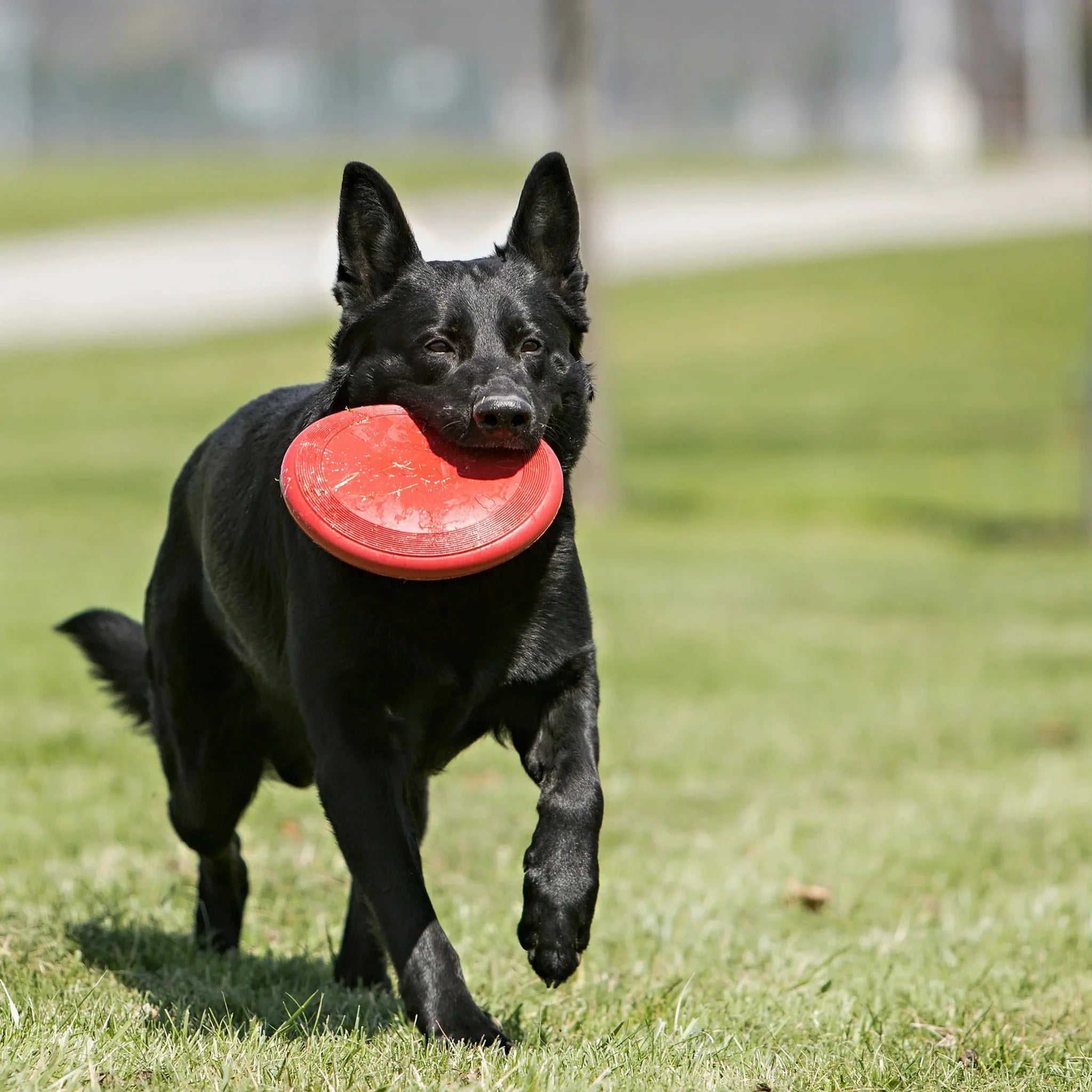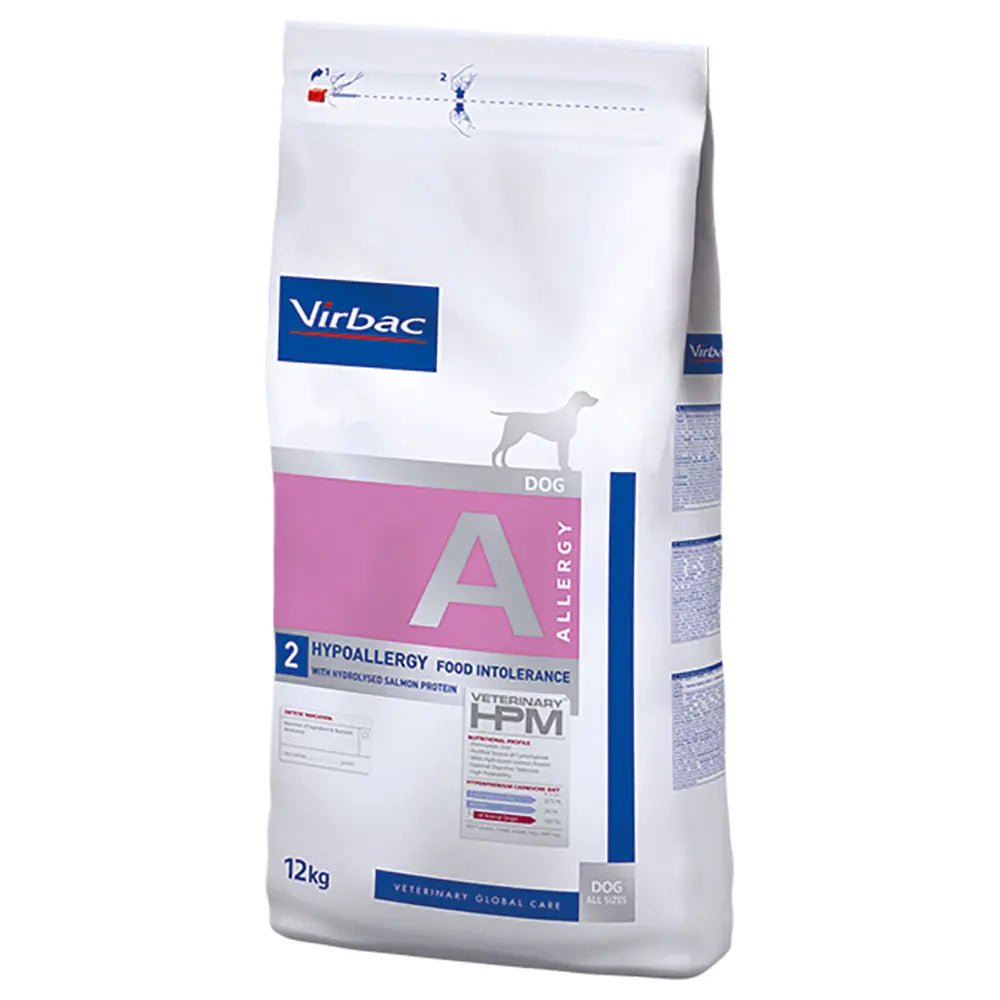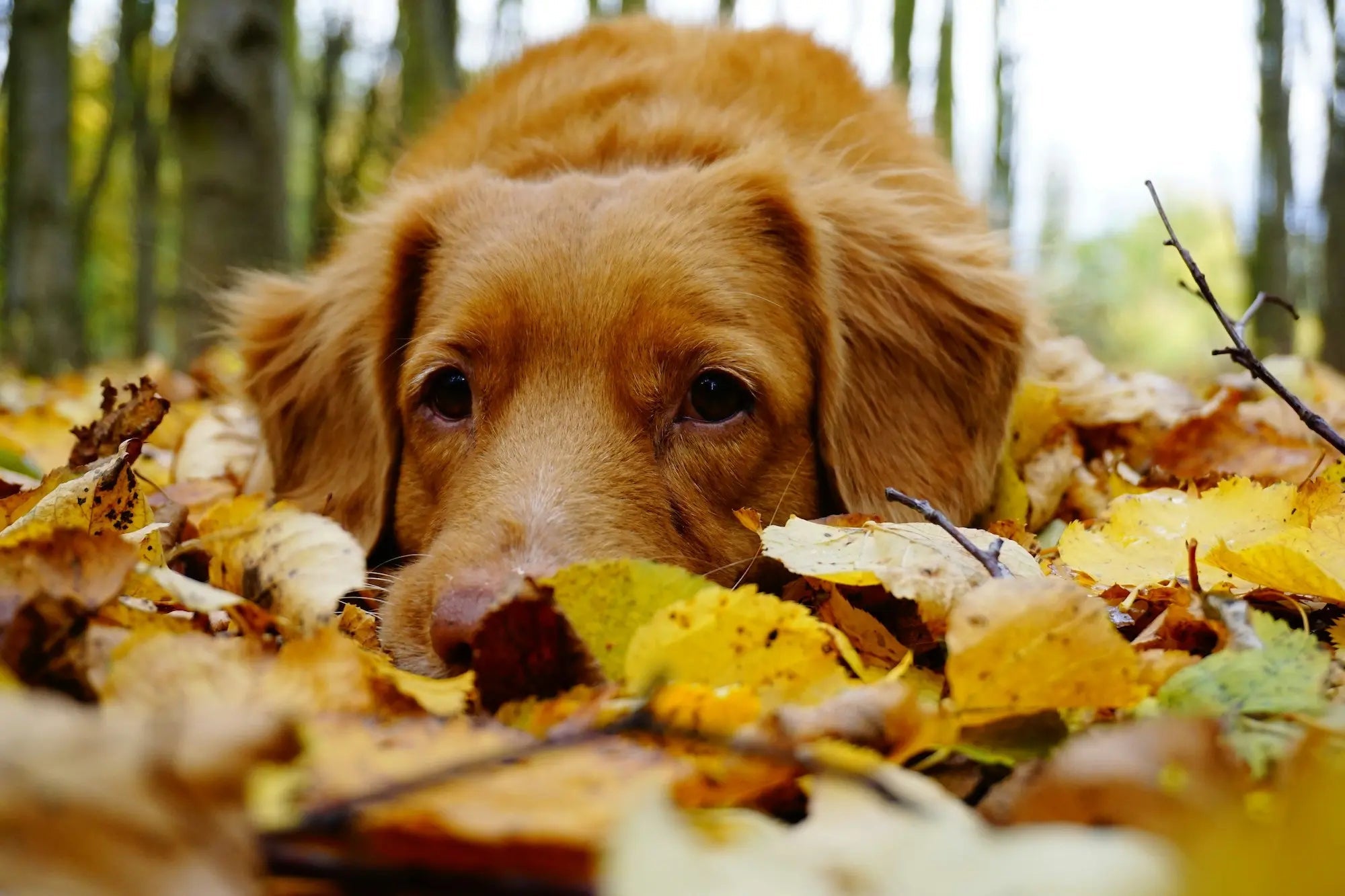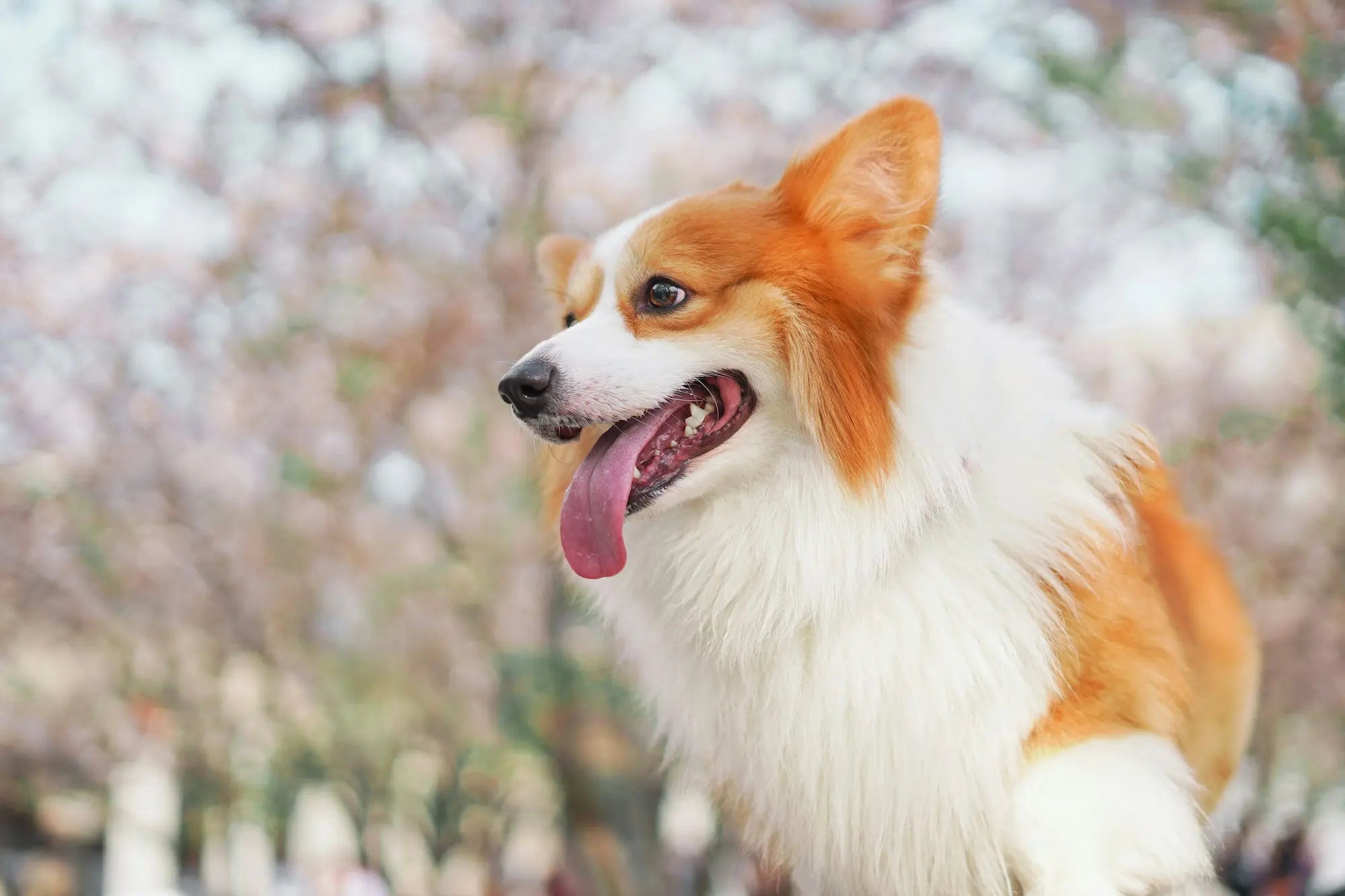The Tibetan Spaniel is a small, independent and loyal dog with a lot of personality. The breed originated in the monasteries of the Himalayas, where it was used as both a companion and guard dog. It is known for being alert, affectionate and forming strong bonds with its family.
Despite its size, the Tibetan Spaniel has a large presence and thrives in both an apartment and a house – as long as it is allowed to be a part of everyday life.
race facts

Family friendly

Activity level

Fur care

Training needs

Clearing

Size
Facts about the breed
The Tibetan Spaniel has a long and fascinating history that stretches back thousands of years. The breed originated in Tibet, where it lived closely with Buddhist monks and aristocrats. Because of its intelligence, alertness and agile body, it was used as a sentinel dog in monasteries, where it would often sit on high ground and watch for strangers.
In addition to being a good guard dog, it was also valued for its warmth and closeness. The Tibetan Spaniel was often used as a kind of living source of heat in the cold mountain climate, and its strong attachment to humans characterizes the breed's personality to this day.
The breed was eventually brought to Europe, but during World War II the population was greatly reduced. The reconstruction of the breed in the post-war period has contributed to its becoming an established and beloved companion dog in many countries today.
What can you expect as a cocker spaniel owner?
Personality
Personality
The Tibetan Spaniel is a small, lively and affectionate companion dog with a strong personality. It is often referred to as a “big dog in a small body” – and for good reason. The breed has retained many of its original traits from its time as a mountain dog in Tibet, and this is evident in its independence, keen observation and pride .
A common expression used to describe the breed is that it is cunning as a fox, independent as a cat and inventive as a monkey . This says something about how versatile and intelligent this dog is – and that it doesn’t necessarily do as you say just because you say so. Tibetan Spaniels can be a bit stubborn, and require patient and clear training, preferably based on positive reinforcement.
At the same time, it is very loyal and affectionate towards its loved ones, and loves to be close to its family. It is known to be good with both children and other animals, which makes it well suited for family life - as long as the children learn to treat the dog with respect. As with all dogs, young children should never be left alone with the dog unsupervised.
With its combination of intelligence, warmth, and independence, the Tibetan Spaniel is a dog that thrives best in homes where it can be part of the community, but at the same time retain some of its freedom.
Activity level
Activity level
When training a Tibetan Spaniel – or “tibbe” as many call it – it’s important to take into account the breed’s unique personality. Tibbes are intelligent but also independent, meaning they don’t necessarily follow commands blindly , but respond well when training is provided with understanding and clear boundaries.
They have a good memory and learn quickly, but it requires patience, consistency and confidence . If the training pattern is unpredictable or unclear, the dog can become insecure and lose motivation. Therefore, it is important to be consistent in training and not skip sessions or constantly change methods.
At the same time, Tibetan Spaniels are eager to learn and curious , and enjoy learning new tricks and skills – as long as it happens in a positive and motivating way. Reward-based training, where you use treats, praise and play, works well.
With a safe and consistent approach, Tibbies can develop into obedient, trusting, and well-functioning family dogs that thrive on both small tasks and everyday interaction.
Training
Training
When training a Tibetan Spaniel – or “Tibbe” – it is important to understand and respect the dog’s personality. This is an intelligent and independent breed that loves to learn new things, but also likes to think for itself. Training should therefore be based on patience, clarity and consistency .
Puppies have a good memory , so it pays to be consistent in both commands and routines. If training is uneven or constantly changing, the dog can become insecure and less motivated. It needs predictability to feel secure and understand what is expected.
Although not the most submissive breed, the Tibetan Spaniel is eager to learn and curious . By using reward-based training with treats, praise, and play, you can motivate him to cooperate and learn new skills. He thrives best when training is positive, varied, and interactive—not forced or harsh discipline.
With the right approach, Tibetan Spaniels can become both obedient and trusting, and training strengthens the bond between you and the dog in everyday life.
Health
Health
Weight and size
The Tibetan Spaniel is a small and well-proportioned dog with a height at the withers of between 23 and 27.5 cm. The weight is usually between 4 and 7 kg. The body is slightly longer than the height, and the head is small in proportion to the body, which gives a light and balanced expression.
Lifespan
The breed has a life expectancy of 12 to 15 years, and many Tibetan Spaniels live well into their teens with proper care and regular health checks. It is considered a healthy and robust breed with generally good health.
Hereditary diseases
The Tibetan Spaniel is generally a healthy breed, but there are some hereditary diseases to be aware of. The most important is progressive retinal atrophy (PRA), an eye disease that gradually destroys the retina and can lead to blindness. Symptoms usually appear at 4–5 years of age, and the disease can only be detected through an eye examination by a specialist. It is recommended that breeding animals have their eyes examined regularly, and dogs that have been diagnosed with the disease should not be bred from. With responsible breeding and good health monitoring, the Tibetan Spaniel has good prospects for a long and happy life.
Fur
Fur
Tibetan Spaniels have a long, silky coat that requires regular maintenance. To keep the coat free of tangles and maintain its natural shine, it should be brushed at least a couple of times a week . Bathing is done as needed, usually when the coat becomes dirty or loses its elasticity, but not too often - this can disrupt the natural balance of the coat.
The breed sheds seasonally , mainly in the spring and fall periods, and more frequent brushing may be necessary during these phases to remove loose hair and avoid matting.
The most common coat color is sable , but Tibetan Spaniels also occur in several other color variations. Particolor is white with golden or darker markings, while black and tan refers to a black coat with characteristic brown markings. All color variations should be clear and well-defined, and the variety of colors is part of the breed's distinctive character.
Food and nutrition
Food and nutrition
The Tibetan Spaniel has no special nutritional needs that significantly differentiate it from other small dog breeds. The most important thing is to choose a high-quality dog food that is adapted to the dog's size, age and activity level . A balanced diet helps maintain good health, a healthy coat and a stable weight.
Although the breed is small, energy levels and metabolism can vary from individual to individual. It is therefore important to monitor your dog's body condition , appetite and any reactions to the food. For example, some dogs may be more sensitive to certain protein sources or may need extra support for their joints or skin.
It is recommended to divide the food into two meals a day , and use treats sparingly, especially if the dog does not get enough exercise. Proper nutrition, combined with daily activity and veterinary check-ups, lays the foundation for a long and healthy life for the Tibetan Spaniel.

Tibetan Spaniel
If you are considering getting a Tibetan Spaniel, it is important to choose a responsible and reputable breeder , or an organization that has experience with rehoming the breed. A good breeder should be able to provide you with thorough information about the puppy's background, the health of the parents, and any hereditary diseases . There should always be documentation of health examinations and registration in an official registry.
To avoid supporting illegal or uncontrolled dog trafficking , it is crucial that you get insight into how the puppy was bred, how it has grown up, and that it is well socialized. Reputable breeders put animal welfare at the center and follow established guidelines for healthy breeding.
By taking the time to find a reliable breeder, you contribute to both your dog's welfare and to ensuring that the breed is preserved in good health and good living conditions. It also gives you as the owner a safer and better starting point for a long and happy life with your new four-legged friend.
